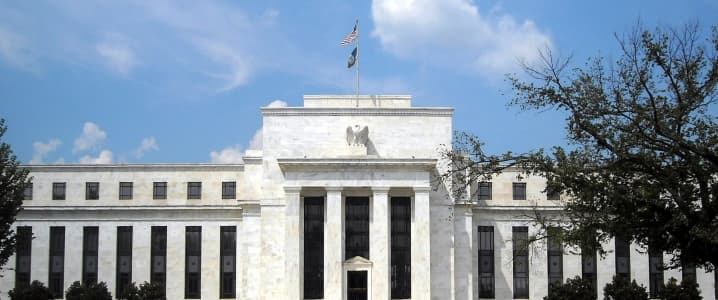With the Trump-Xi meeting leading to a restart of trade negotiations and the OPEC+ summit resulting in an extension of the production cuts, two major uncertainties facing the oil market have been put to rest for the time being. The next pivotal variable facing oil prices in the short run could come from an unlikely source.
On Friday, the Labor Department government reported a surprisingly strong jobs report, with the U.S. adding 224,000 jobs in June, much higher than analysts had assumed. That reduced fears of a severe economic slowdown, especially after the U.S. only added 72,000 jobs the month before. Unemployment remained below 4 percent and the record length of the current economic expansion continues.
Good news, right? Odd then, that oil prices barely budged, and actually fell slightly during midday trading on Friday. One would assume that a larger-than-expected employment report, particularly during a period of time when pessimism has dominated the market narrative, would push oil prices up. Concerns of flagging oil demand have dragged down oil prices, so an unexpected bout of positive news should put those fears to rest.
However, the flip side of a strong jobs report is that the whole rationale for the U.S. Federal Reserve to cut interest rates, which investors assumed could come as soon as this month, is now called into question. “We do not know how or when these issues will be resolved. We are closely monitoring the implications of these developments for the U.S. economic outlook and, as always, we will act as appropriate to sustain the expansion, with a strong labor market and inflation near our symmetric 2 percent objective,” Fed Chair Jerome Powell said a month ago. Related: Oil Prices Set For Worst Weekly Drop In Five Weeks
Those comments were widely interpreted as a willingness to cut interest rates, and in fact, there has been rising expectations that the cut would occur in July, completing a 180-degree turn for the central bank after multiple rate hikes last year.
But unemployment is at historically low levels, and the U.S. continues to add jobs even as the global economy has shown signs of slowing down. “We’ve always seen a more notable deceleration in employment ahead of a cut,” Avery Shenfeld, chief economist at Canadian Imperial Bank of Commerce, told Bloomberg. “I’m not as convinced as the market that the Fed has to move in July. Rate cuts are likely coming but the Fed has to be very careful to not be seen as pushed by the market and the White House.”
While most headlines rightly focus on OPEC+ maneuvers, the Fed has enormous influence over the oil market. Because crude is priced in dollars, a stronger dollar makes oil more expensive for most countries, depressing demand. The reverse is also true. A weaker dollar – as a forthcoming rate cut would bring on – pushes up demand. Related: U.S. Oil Rig Count Falls Amid Rising Production
Before the jobs report, traders put the odds of a 50-basis point cut at nearly 30 percent, but slashed those bets to just an 8 percent chance after seeing the latest employment figures, according to CNBC. “The bounce back in the June jobs number may splash cold water on the notion of an imminent Fed rate cut,” said Tony Bedikian, head of global markets at Citizens Bank.
Still, it’s not at all clear that the U.S. economy is out of the woods. Aside from the recent jump in job growth, there are worrying signs looming. An economist with the St. Louis Fed said that the slump in the U.S. housing market is “consistent with the possibility of a late 2019 or early 2020 recession.” Manufacturing activity has stagnated. Auto sales have fallen year-on-year for six straight months.
Perhaps most significantly, the U.S.-China trade war drags on, despite the recent agreement to revive negotiations. The U.S. only recently hiked tariffs from 10 to 25 percent on $250 billion worth of Chinese imports, so the pain has yet to really be felt. China is showing more distressing signs of a slowdown, which of course, can boomerang back on the American economy.
So, perhaps the Fed will ignore the strong jobs report and still cut rates. But oil traders are suddenly not so sure.
By Nick Cunningham of Oilprice.com
More Top Reads From Oilprice.com:
- Putin: Oil Price Volatility Is Hurting Russia's Economy
- Iran’s Best Bet To Avoid U.S. Sanctions
- Shale Boom Reshuffles Global Top 50 Oil & Gas List


















